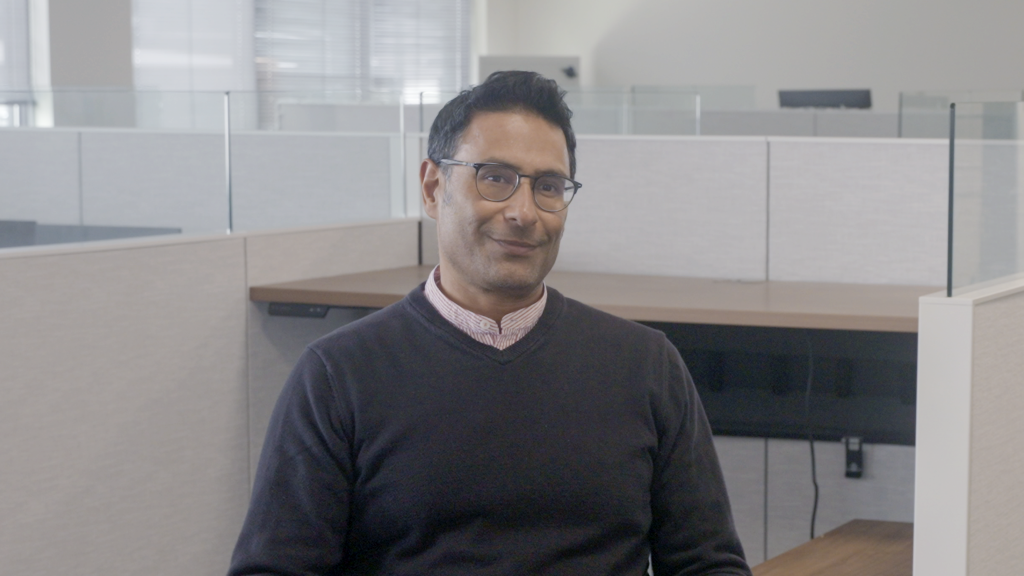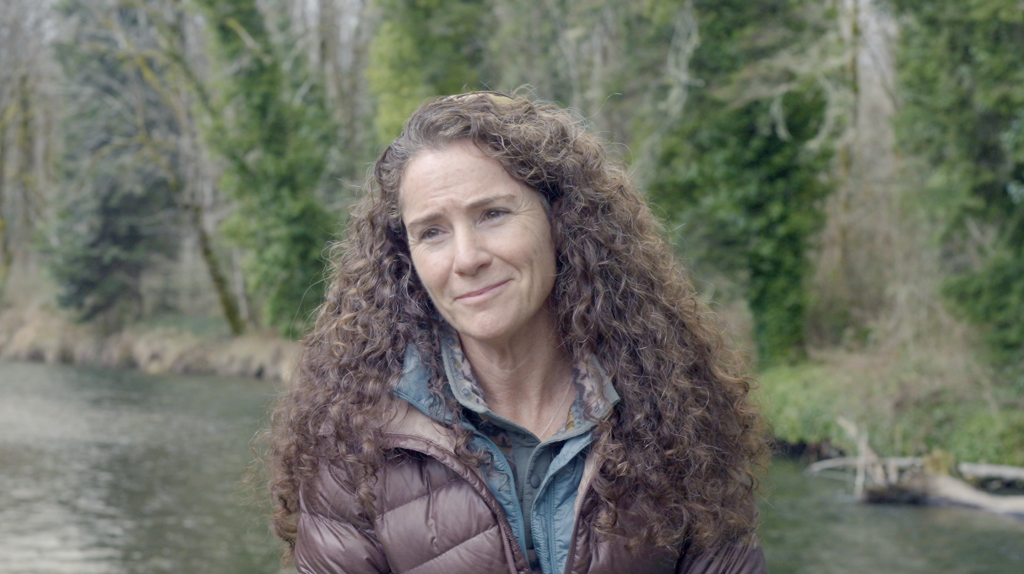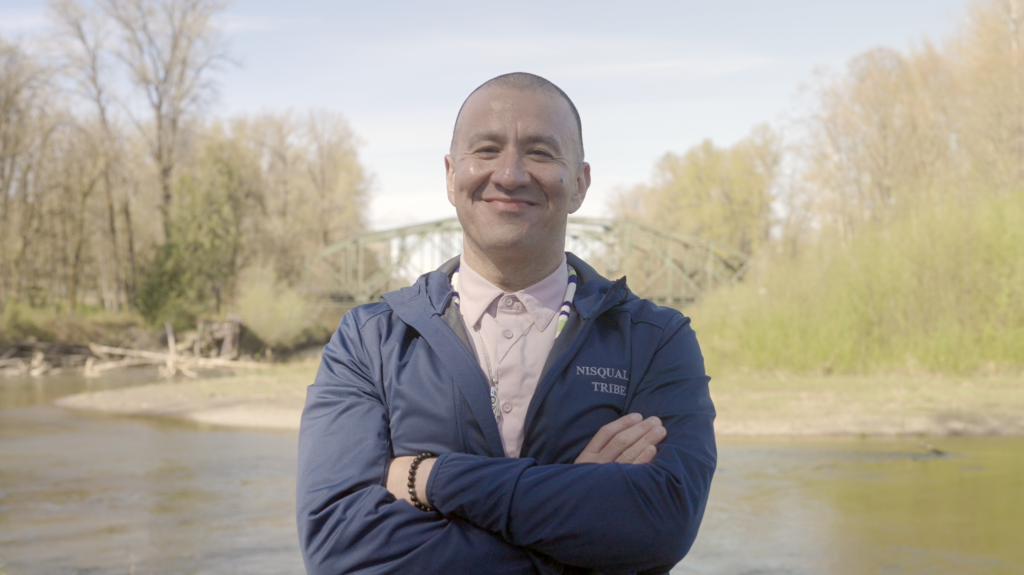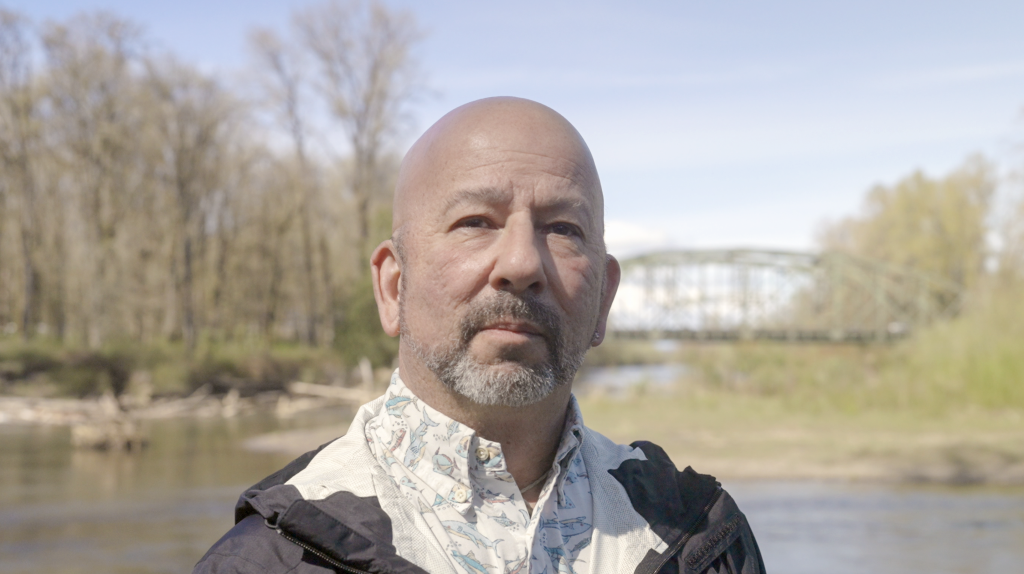More than four million miles of public roads run through the U.S.: interstate highways, city expressways, two-lane rural roads, and unpaved local roads. Roads provide connection, access, and mobility; they allow people and goods to move freely from place to place throughout the country.
However, roads and other transportation infrastructure also affect the ecosystem, by disrupting the movement of wildlife and other natural processes. Rivers and floodplains are constrained or altered by bridges and levees; salmon are prevented from swimming upstream by culverts or other barriers; the movements of elk, moose, and cougars are restricted by highways that wildlife can’t cross.
Funding from the Bipartisan Infrastructure Law and the Inflation Reduction Act presents us a chance to rethink the ways that transportation infrastructure interacts with the environment. There’s a tremendous opportunity now to accelerate ecosystem recovery, improve infrastructure longevity, and adapt to climate change all in a single investment.
Tribes, state agencies, local governments, and nonprofits are working together to plan and complete infrastructure improvements that contribute to Puget Sound ecosystem and salmon recovery. This relationship between the recovery and transportation sectors creates Sound Safe Infrastructure, which produces better outcomes for people, salmon, and the environment. Our new video showcases examples of this type of collaboration between the transportation and restoration fields.

“Transportation planning, not just in Washington, but really across the United States, was carried out over most of the past century, I would say, according to sort of a cognitive dissonance between our actions and their impacts on the environment. You can talk about transportation systems and the environment as if there were two separate things, but ultimately you can't separate elements of the built infrastructure from the ecosystems in which they exist and that they impact.”
Ahmer Nizam, director of environmental services at the Washington State Department of Transportation

“We know that transportation infrastructure is not going to go away. People need to move around. We are taking the needs of transportation in this area and also dovetailing that with the habitat needs and making those two work together. We can have both great infrastructure that's safe for communities and have good wildlife habitat at the same time. It's just going to take an investment from the salmon recovery community, but also the transportation community to make sure that we're designing projects that have habitat for wildlife and fish in mind.”
Mendy Harlow, executive director of the Hood Canal Salmon Enhancement Group

“The way I look at it is that we all have a responsibility, as Washingtonians, for us to have clean water, clean air, and assure that these salmon have clean waterways, streams, and the right resources to survive. And it doesn't matter whether you're a fisherman or not. Doing what's right for Mother Earth and the environment is what we should be doing every day anyway.”
Willie Frank III, member of the Nisqually Indian Tribe

“We've been building highways for a long time in the state of Washington without a lot of concern for the effect on fish, but we need new models, new paradigms, thinking about it radically differently. There should be a way to improve our built infrastructure and at the same time significantly improve our natural infrastructure. If we want to do this in other places, and if we want to do this for the next 50 years, we're going to have to take on some really challenging issues and we shouldn't be afraid of that. You’ve got to start somewhere, and we're going to start it here and see if we can plant a seed that takes hold and changes things elsewhere.”
David Troutt, natural resources director for the Nisqually Indian Tribe and chair of the Puget Sound Salmon Recovery Council

